Monfragüe Natural Park: History, fauna, and attractions
Monfragüe Natural Park: History, fauna, and attractions Monfragüe Natural Park is a special place to go as a family, to get to know, appreciate and enjoy. You can enjoy the open spaces, the beautiful views, the
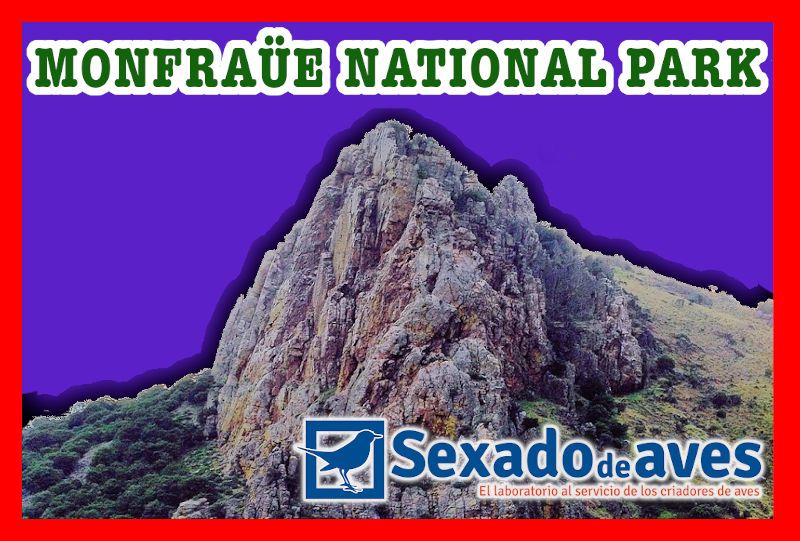
Monfragüe Natural Park: History, fauna, and attractions
Monfragüe Natural Park is a special place to go as a family, to get to know, appreciate and enjoy. You can enjoy the open spaces, the beautiful views, the beautiful fauna and flora that this enormous national park offers.
On the other hand, this park is well known for the Spanish Dehesa which is a unique and unparalleled ecosystem in the park. This is because of its Mediterranean origin, i.e. a closed forest. In addition to its sightings, it is well known worldwide for the number of birds that can be admired and appreciated there.
History of the Natural Park of Monfragüe
This park began on April 4, 1979, when it was declared a Natural Park. Then, in 1988 it was cataloged as a Special Bird Protection Zone (SPA) because of the number of birds found in that area. In 2003, the United Nations Educational, Scientific and Cultural Organization (UNESCO) named the park a World Biosphere Reserve. And finally, it was recognized as a National Park in 2007.
Due to these declarations, a great and enormous process of protection has done towards its land and fauna. Therefore, because of the great value of these lands, it is considered the best-preserved Mediterranean forest and scrub in Europe, as well as including great biodiversity.
Location
The Natural Park of Monfragüe is located in the middle of 4 towns. These towns are called Cáceres, Trujillo, NavalMoral de la Mata, and Piasencia.
The main entrance to the National Park is located to the east, in Villarreal de San Carlos. A place where you can also find the Visitor’s Center. You can find other accesses from Navalmoral de la Mata, Trujillo, Cáceres and Plasencia (N-630).
Visiting Hours
The visitor’s center is open every day from 9:30 am to 6:00 pm.
Area
The park itself is a huge natural area, 30 km long and 7 km wide or about 18,000 hectares. It has an altitude of 450- 750 meters above sea level and you can access from different points around it.
Fauna
This huge National Park has its main attraction because of the number of birds and distinguished species that prowl through it. In fact, it is known worldwide as one of the best places to watch birds. Among these the most prominent are:
-
- Raptors.
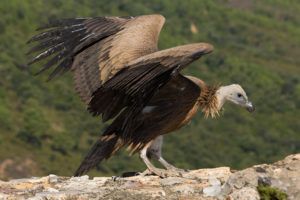
- Raptors.
- Black vultures.
- Imperial Iberian Eagles.
- Black stork.
- Griffon vulture.
- Bonelli’s eagle.
- Golden Eagle.
- Egyptian vulture
- Eagle-owl.
- Snake Eagle.
In addition to the birds in this park, you can find more than 280 species of vertebrates, among them: 193 species of birds as already mentioned; 43 species of mammals; 12 species of amphibians and 10 species of fish.
Among the different quantities of species that inhabit this park, we can highlight the most colorful and those that are perhaps in danger of extinction.
We have an incredible amount of nests: approximately more than 200 black vulture nests and 600 griffon vulture nests. Besides, there are some nests that are quite difficult to observe but not impossible like the melon lynx and the otter. On the other hand, we can also find some mammal species, big and small game such as wild boar, deer, roe deer and rabbits.
What can we find in the Natural Park of Monfragüe?
In the Natural Park of Monfragüe, we can find very large biodiversity but beyond that, there are certain places that will captivate you.
The viewpoints themselves are the most sought after places for tourists as they show you all the life and activity of the Park. This is undoubtedly one of the activities that most characterizes the Park. A large number of birds you can observe will not be found in the same way as in these viewpoints.
Bird Watchers in Monfragüe Park
Viewpoint Castillo de Monfragüe (Monfragüe Castle Viewpoint): This viewpoint is located at the exit of the park after a path marked by a sign that says “Castillo de Monfragüe”.
Viewpoint La Serrana: This viewpoint itself is a parking lot style located at the north entrance to the park. It is an excellent observation point if you want to watch many birds of prey, Egyptian vultures and griffon vultures.
Viewpoint El Pliegue: Here you can find a parking lot overlooking the Tietar River where you can observe its natural environment.
Viewpoint La Tajadilla: It is a very pleasant place to see and where a large number of birds usually pass through. It is located a few meters from the dam of the Torrejón reservoir. You can see black storks, griffon vultures, Egyptian vultures, and Bonelli’s eagles.
Viewpoint La Malavuelta: This viewpoint is located to the east. If you take a walk as if you were going to the Navalmoral de la Mata, you will find an exit with a curve that is the entrance to this viewpoint. From here, we can see the Tiétar and El Cortado de la Tajadilla rivers.
Mirador de la Báscula: To locate it, you must follow the path to the viewpoint Malavuelta, approximately 1 km. When we arrive, we will be able to appreciate the view of the Tagus River and the landscape.
Viewpoint La Higuerilla: It is located 1 km beyond the viewpoint of La Báscula. In this place, you can observe mostly water birds and depend on the season they can be herons and cormorants. Not to mention the otters you could get to the shores.
Viewpoint La Portilla del Tiétar: It is located just at the northeast exit of the park. It’s a pretty simple place but with a great view to catch the imperial eagles. Besides, this is the last viewpoint on this beautiful route.
Monfragüe Astronomical Observatory
It is located on the south-central visitors’ side. It is said to be the clearest sky for light pollution in the area. This is very much to your purpose. This observatory can have a 4-meter dome for 10 people. In addition to its main telescope, it has a large solar telescope.
Cave paintings
In the Natural Park of Monfragüe, there are several caves that are characterized by cave paintings. However, the paintings that stand out the most are near the Monfragüe Castle in a cave. Unfortunately, they are closed to the public to avoid damage to these paintings. But at least you can see replicas of the art expressed in these caves at the Centro de Arte Rupestre de Torrejón el Rubio.
Signposted routes
They are signposted routes of different colors that will give you different experiences. There are 4 routes, the first one is red, the second one is blue, the third one is yellow and the last one is green.
Red route: It is 16 km long and takes approximately 5 hours, heading to the castle of Monfragüe.
Blue Route: It has 19 km to be crossed through the interior of the park.
Yellow Route: It is 9 km long and is an easy 3-hour route.
Green route: It is 8 km long and it is a simple route of 2.5 hours.
Monfragüe Natural Park: History, fauna, and attractions
Remember! At sexadodeaves.com we specialize in bird sexing through DNA. In this way, it is possible to define the gender of your bird. You can also follow us on the networks: Facebook, Twitter and Instagram and find all the information we have for you daily.
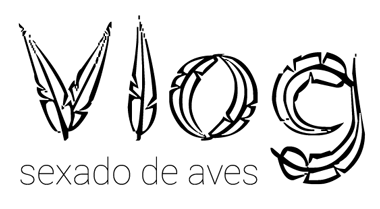
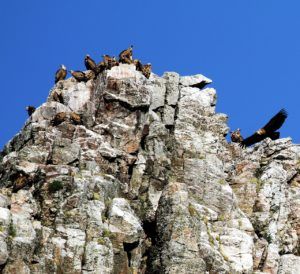

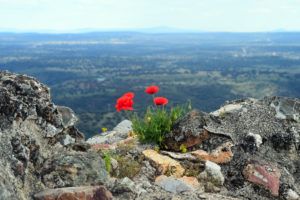
Jackie Rimmer November 29, 2020
We stayed at one of the campsites there. We booked a tour. Have NEVER seen a more beautiful or breathtaking area ( well other than the Scottish countryside)
It was amazing.
Would I recommend that you visit this area YUP 100%. It is stunning